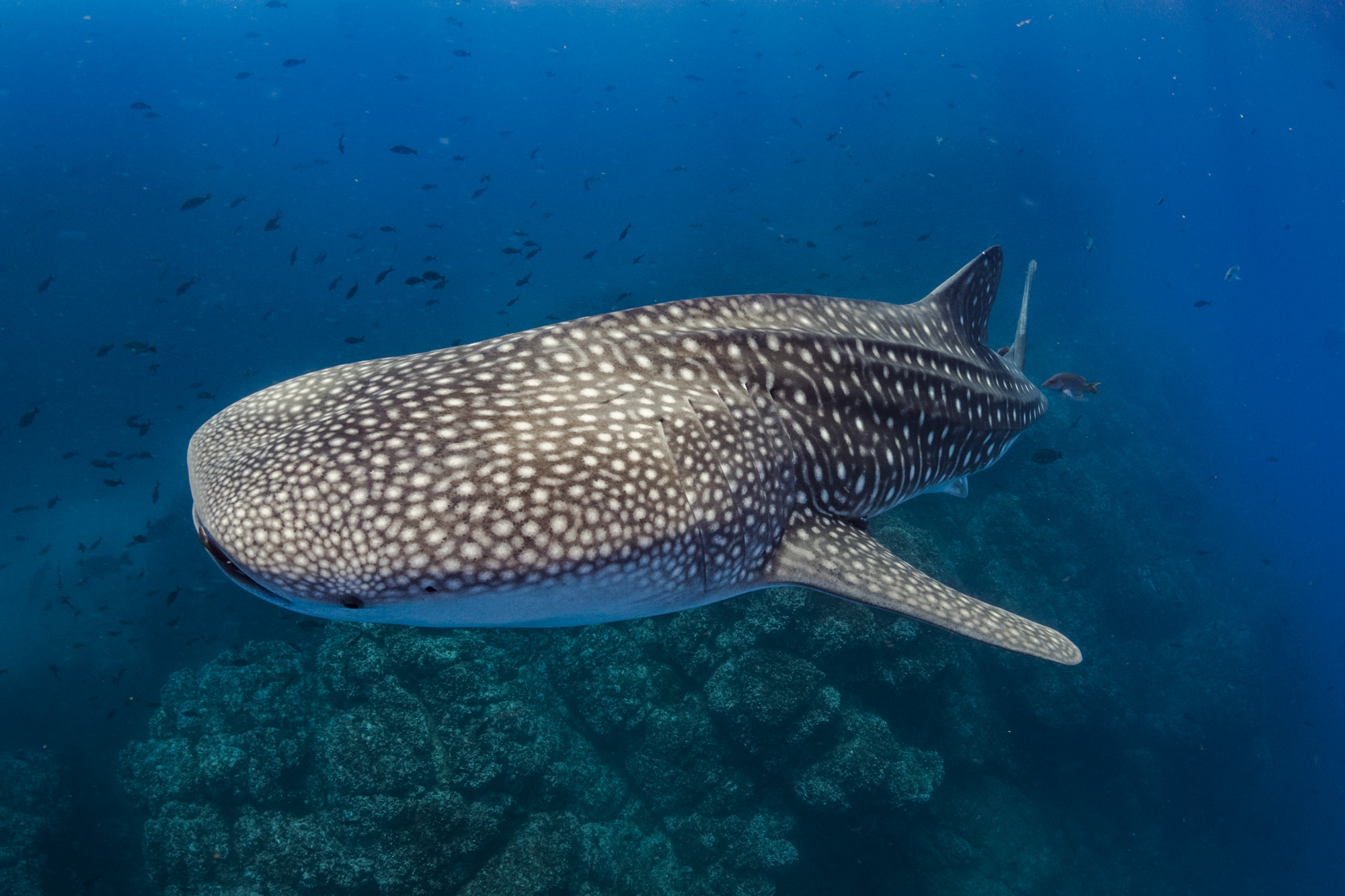
DOCUMENTS
All documents
Coral connectivity between equatorial eastern Pacific Marine protected areas : A biophysical modeling approach
ABSTRAC
There are many marine protected areas (MPAs) containing coral reef aggregations in the
eastern Pacific region. However, the connectivity of corals between MPAs is still poorly
known, especially in the Marine Conservation Corridor of the Eastern Tropical Pacific
(MCCETP). Here, we assess the potential connectivity of corals across equatorial eastern
Pacific MPAs through a Lagrangian particle-tracking algorithm coupled offline with an
ocean-circulation numerical model. Connectivity metrics and graph theory were used to
analyze the networks and highlight those MPAs that are critical for maintaining the connectivity of corals across the region. Our results show that the equatorial eastern Pacific MPAs
form a relatively well-connected network, at least 40% of coral larvae released per year end
up within the boundaries of an MPA. MPAs like Malpelo and Gorgona islands included in the
MCCETP were found to be critical for connectivity of corals because of their high betweenness centrality and potential role as stepping-stones between coastal MPAs and offshore
MPAs such as the Galapagos Islands. Two pelagic larval duration (PLD) scenarios (40 and
130 days) indicate a quasi-unidirectional larval flow from coastal MPAs toward oceanic
MPAs, where the only resilient MPAs (Coiba and Malpelo islands) depend mostly on subsidiary recruitment from MPAs located along the coast of Costa Rica, Panama and Colombia.
In the two PLD scenarios, Cocos Island maintains a very low resilience potential. Our results
indicate the imperative need to include coastal MPAs in the MCCETP network initiative,
since connectivity and resilience of coral reefs in the equatorial eastern Pacific region rely
heavily on coastal MPAs.
National Geographic Pristine Seas Expedition
Costa Rica has a sea that is almost eleven times more extensive
than its land surface, and 96% of this surface is
found on its Pacific coast.
The marine diversity of the Golfo Dulce, South Pacific of Costa Rica
In Golfo Dulce the marine diversity is very high, from bacteria to marine mammals, including coastal and marine birds. With 1028 species reported from the literature, Golfo Dulce contributes 21.5% of the total species (4745) reported for the country’s Pacific coast.
Status and conservation of coral reefs in Costa Rica
Costa Rica has coral reefs on the Caribbean coast and on the Pacific side (coast and coastal islands). The Caribbean coast is 212 km long and consists mainly of high energy sandy beaches that in the southern section are interrupted by carbonate promontories.
The role of coastal plant communities for climate change mitigation and adaptation
The loss of natural CO2 sinks and reservoirs results in about 12–20% of anthropogenic greenhouse gas emissions. Strategies to mitigate climate change that are based on actions to preventthis loss have focused on the conservation of terrestrial sinks, primarily tropical forests.
Sharks and rays caught by artisanal fisheries
The Golfo Dulce is located in the Eastern Tropical Pacific in the south of Costa Rica, in the province of Puntarenas and has an area of about 700km2